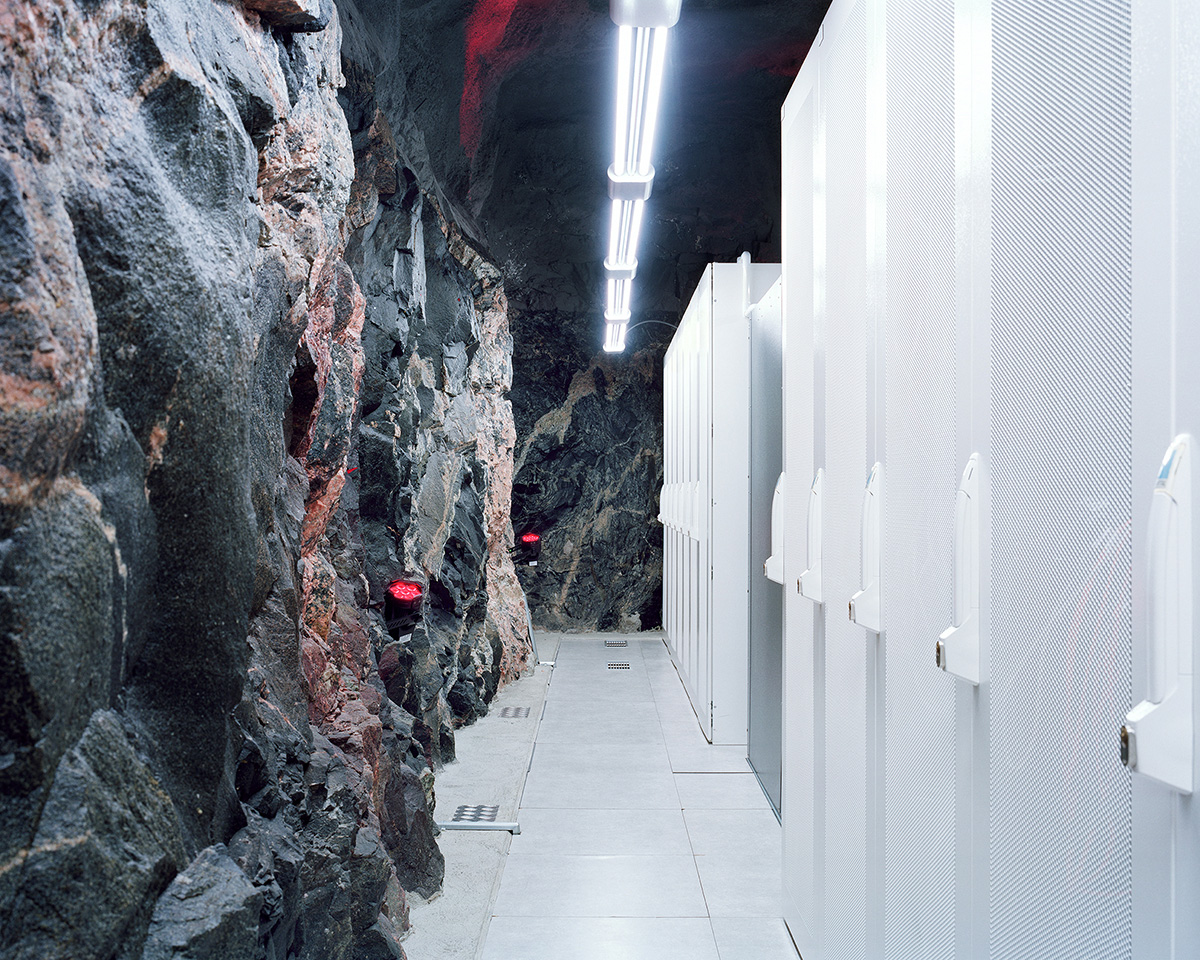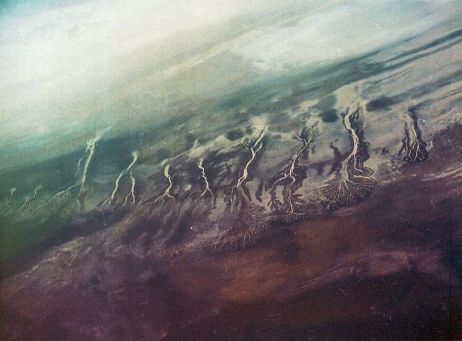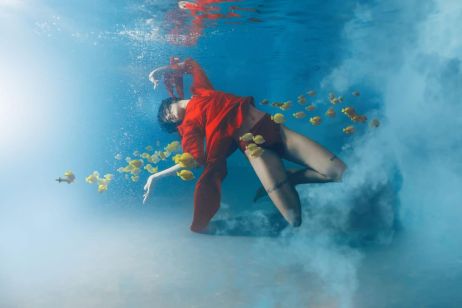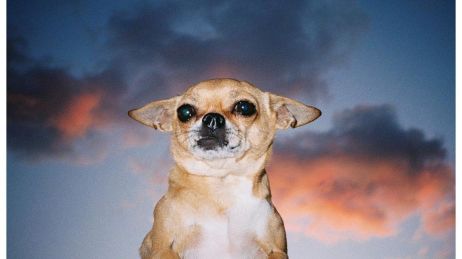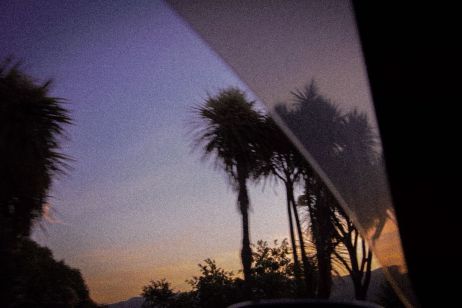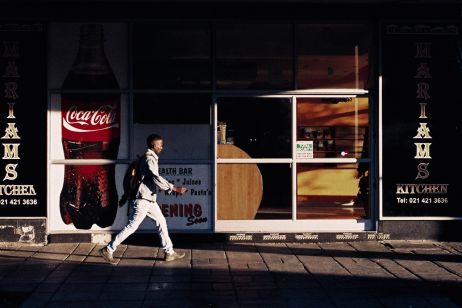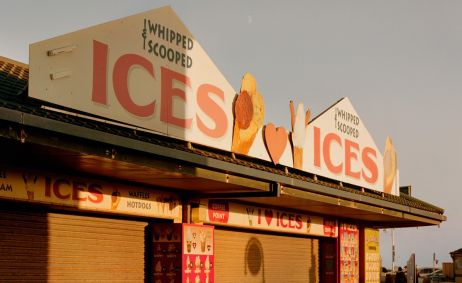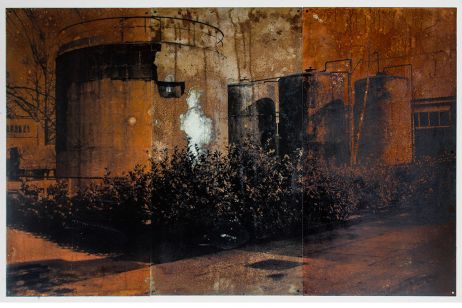At the Circulation(s) festival, Belgian photographer Philippe Braquenier exhibits Palimpsest. A futuristic series warning against data digitisation. Could a numerical Middle Age be triggered? Interview with the artist.
Fisheye: Can you tell us about your career path in photography?
Philippe Braquenier: I became a photographer without even realising it! When I was around fifteen years old, I started buying disposable cameras in order to create memories and express myself. I was taking pictures of friends, school, parties, school trips, landscapes in my region… Later on, after moving to Brussels for my studies, I obtained my bachelor degree in the Brussels Free University College in 2007. Afterwards, I worked for ten years for an advertising photographer, with whom I did not get along. It has now been three years since I became self-employed.
How would you define your approach to the media?
I would say that my approach is the result of a rigorous researching and investigating process, with often a social issue as the starting point. It generally starts with a long gestation period, during which I feed on scientific, journalistic and philosophical artists. Thus, my projects blur the boundaries between what is documentary and what is conceptual, and are constructed in more or less noticeable layers.
Where does the idea for your series Palimpsest, exhibited at the Circulation(s) festival, come from?
In 2010 or 2011, I discovered an article written by Franck Laloë, a physician and researcher at CNRS, that was questioning the fragility of digital storage. Attempting to represent this issue — the visualisation of digital data, or more generally of human knowledge — seemed almost photographically impossible… So naturally, I thought that it would be an interesting project to realise!
How did you end up presenting this issue?
The relationship between text and image has been crucial since the beginning of the production process: each image is linked to a detailed text. In their exhibited form, the pictures and the texts are framed as one in order to make them inseparable. I am interested by the way that words can change our perception, can take us through space to access information.
The project has evolved a lot with time, it is a constant work in progress. I intend to make it a work of a lifetime, as a continuously feeding archive.

What does “Palimpsest” mean?
In its literal sense, a palimpsest refers to a medieval scroll, whose original text has been erased through a chemical process. At that time, it was done to reuse the material. Later on, Thomas de Quincey, a British writer, gave birth to a rich analogy. It has been used in cultural and scientific fields, especially architecture, to describe the accumulation of elements in a particular place over time. This writer’s essay drew a parallel between the word and the human memory. He considered memory to be working just like a palimpsest: layers of ideas, images and feelings that overlap and merge together, the new ones replacing the old ones.
What are the threats from the digitisation of data?
It can compromise the preservation of entire facets of knowledge. Digitisation of our societies lead to the exponential creation and accumulation of new information. The goal? To save each data, and preserve scientific and culture knowledge through their numerisation.
Nevertheless, it turns out to be a paradoxal solution, if we take into account the reduction of the lifetime of numerical formats, and of platforms used to store this data. NASA, for example, has had to create a department dedicated to the recovery of data from old file formats. A numerical Middle Age constitutes a factual threat, if the sustainable backup methods are not taken care of urgently.
You have produced your pictures in highly secured places. How did you succeed in discovering and accessing them?
Thanks to articles, research and patience… The process is vast, and does not possess any particular structure. Time and luck are also determining factors in their discovery. I wanted each location to represent a unique, unexpected story. Numerous contacts were necessary to obtain the right to visit, and at times it took me months to get an answer from them — whether it was positive or negative. Some places have never even answered.
A word about the unique aesthetic of your series? What do you wish to highlight?
I have undeniably been influenced by the objective aspect of my research. I chose to photograph this project to give a certain clarity, for the principle of transparency. The idea was to represent each subject by a unique image, with a clear symbolic. The complexity of the subject pushed me to simplify my visual language, while still staying figurative.
Using the view camera has also helped me be strict during shootings. I then realised that I was attracted to the contrast of those places: a chaos caused by the attempt to contain something ethereal. This pushed me to simplify even more the process; in fact, it was the subjects themselves that determined their forms. They follow a logic independent of my will.



© Philippe Braquenier
